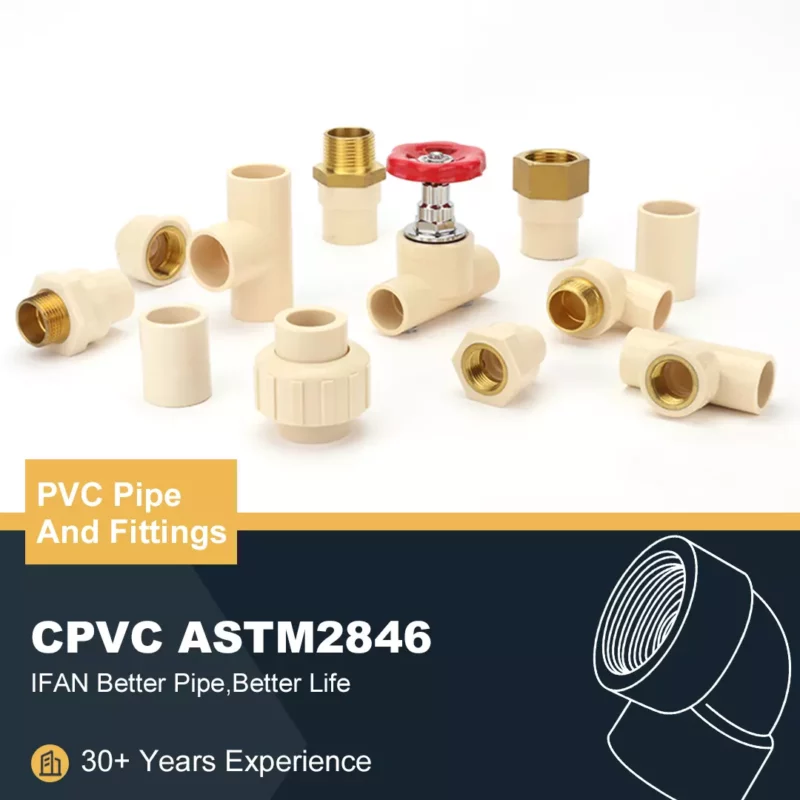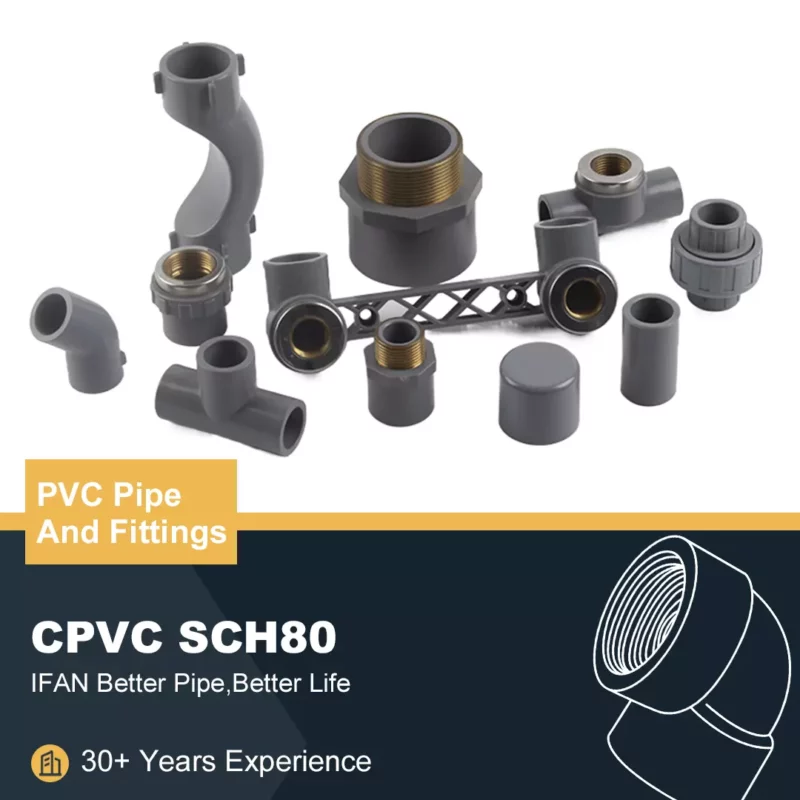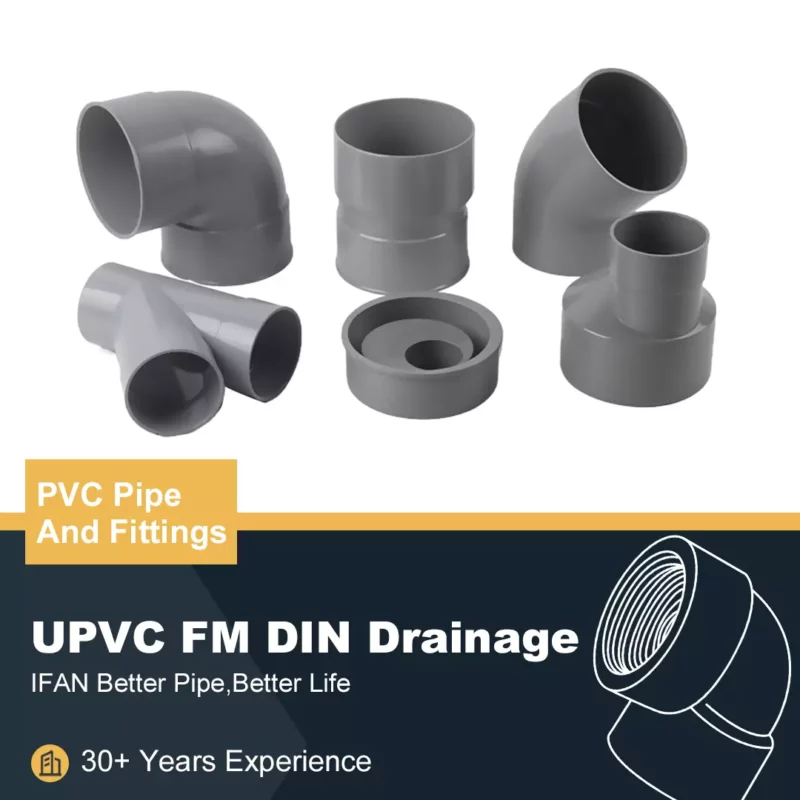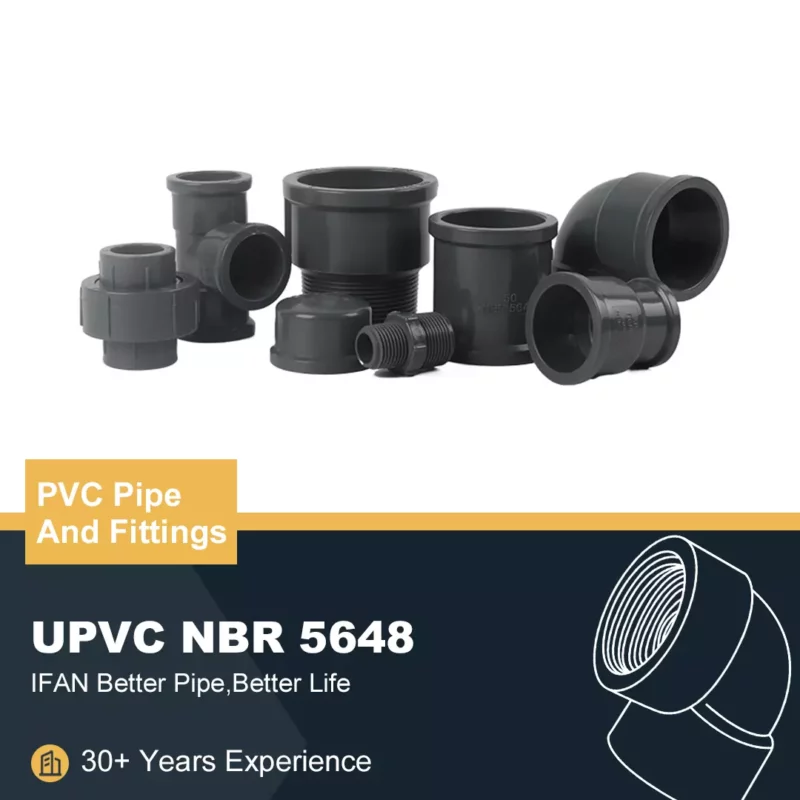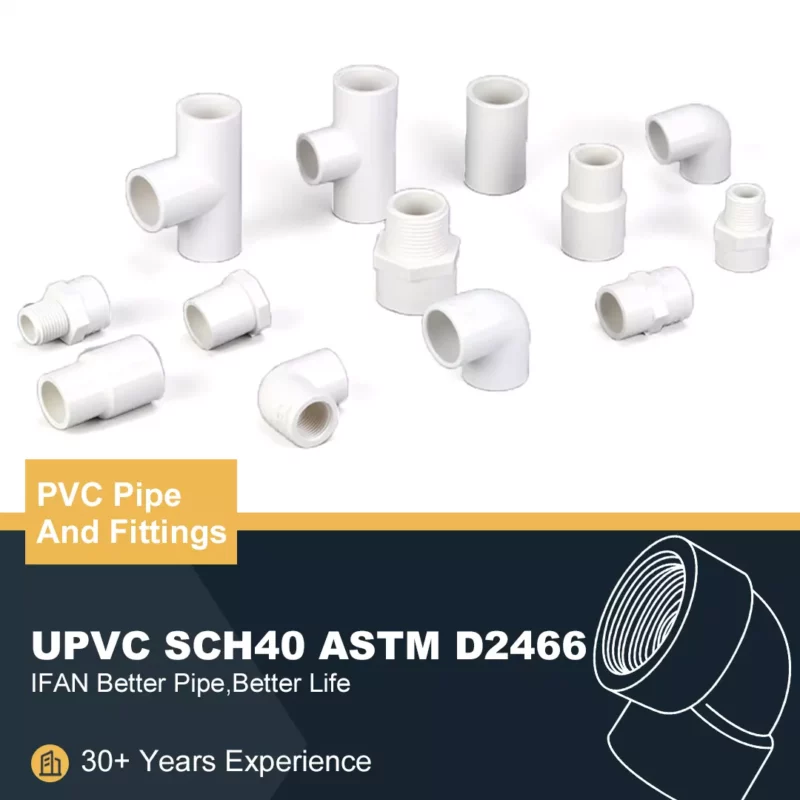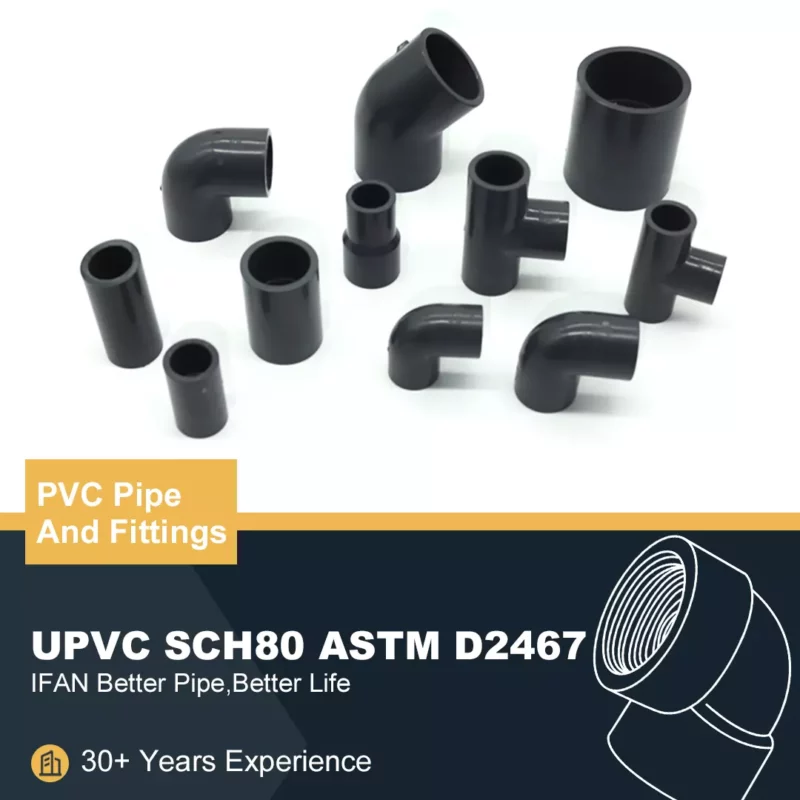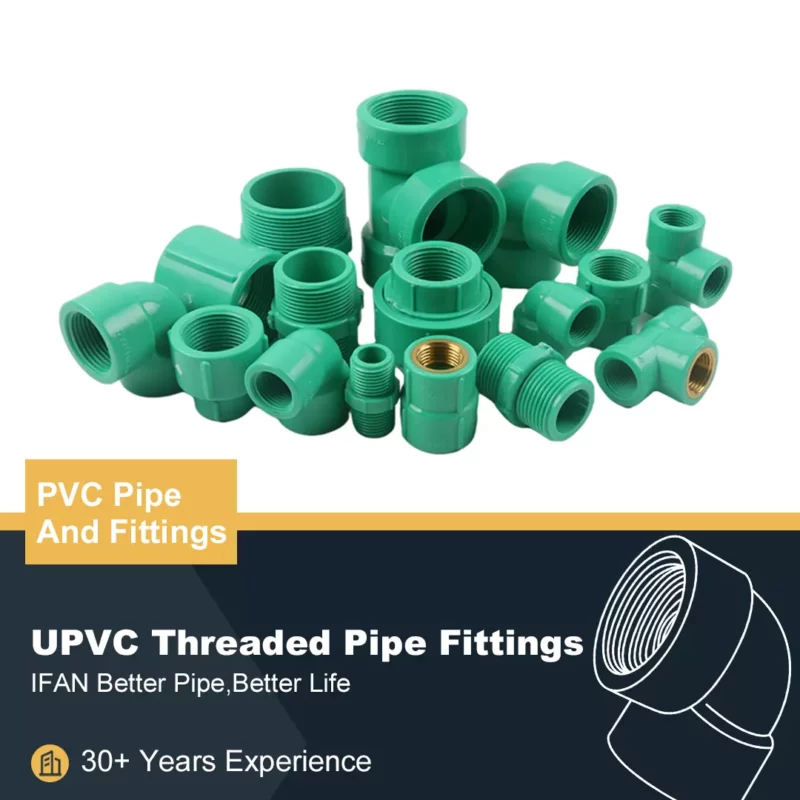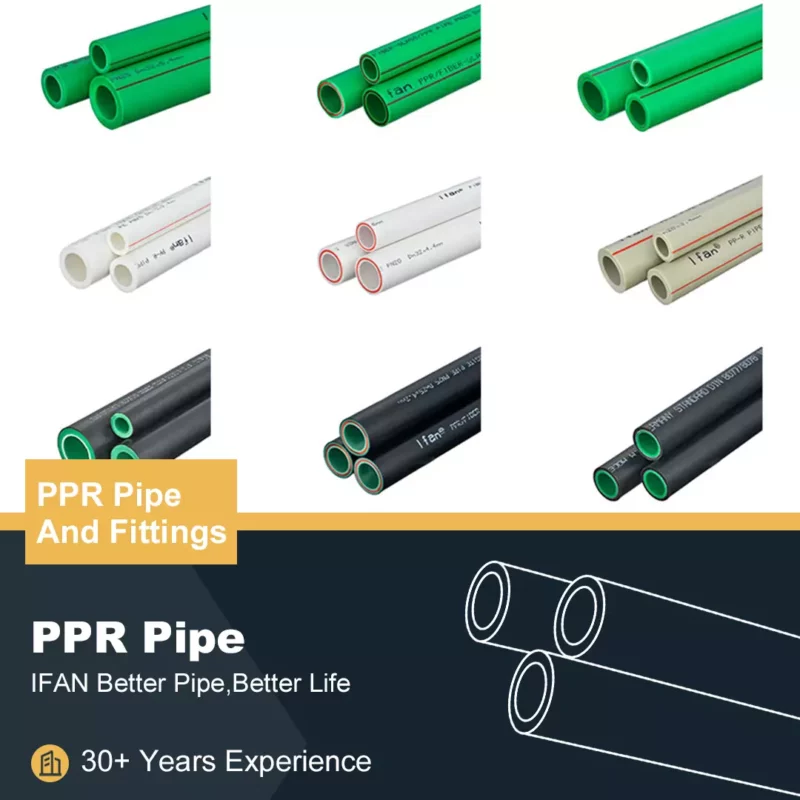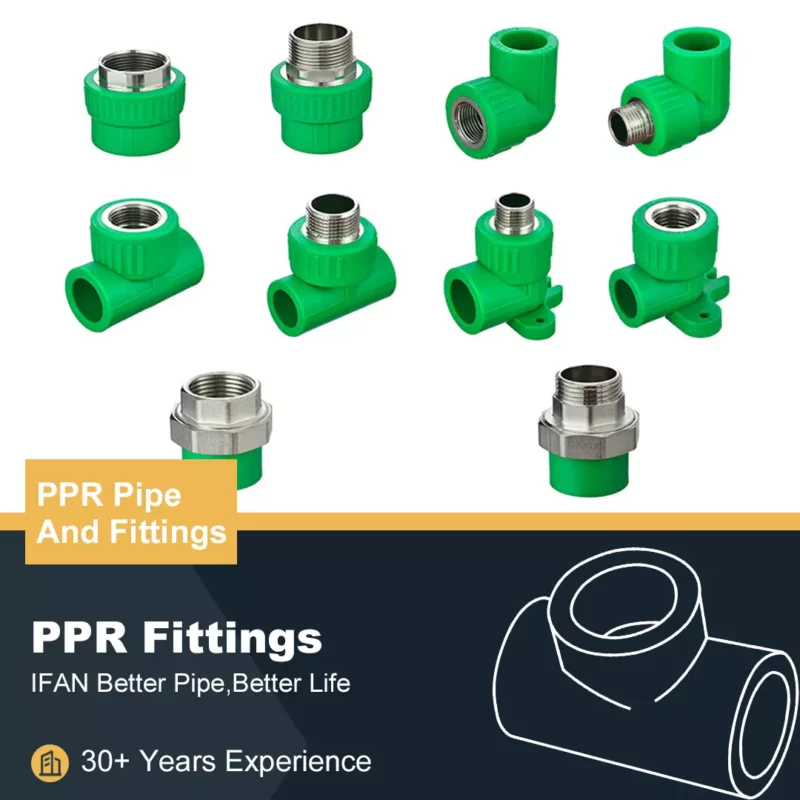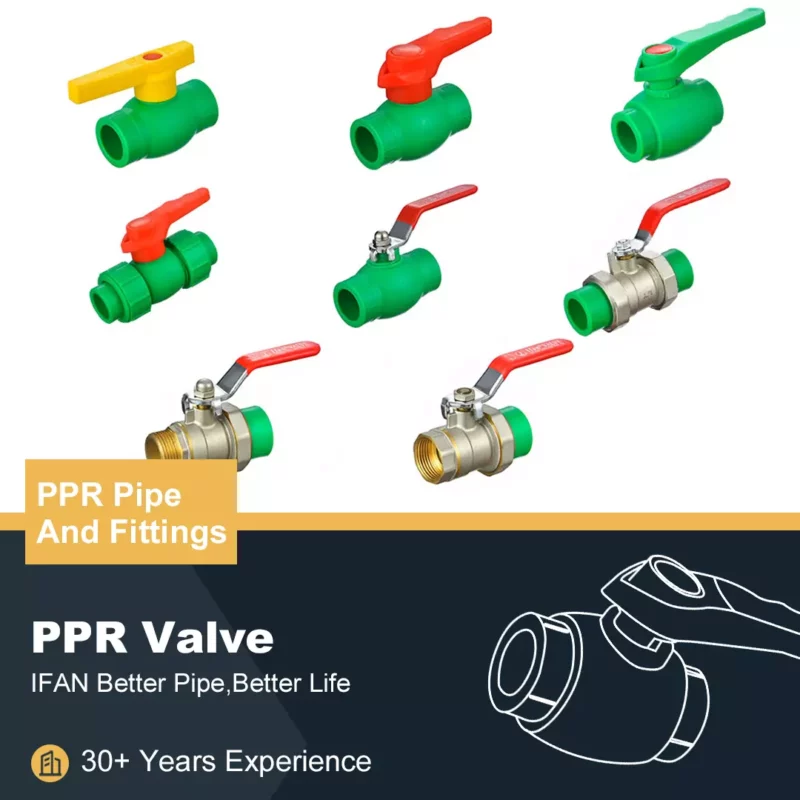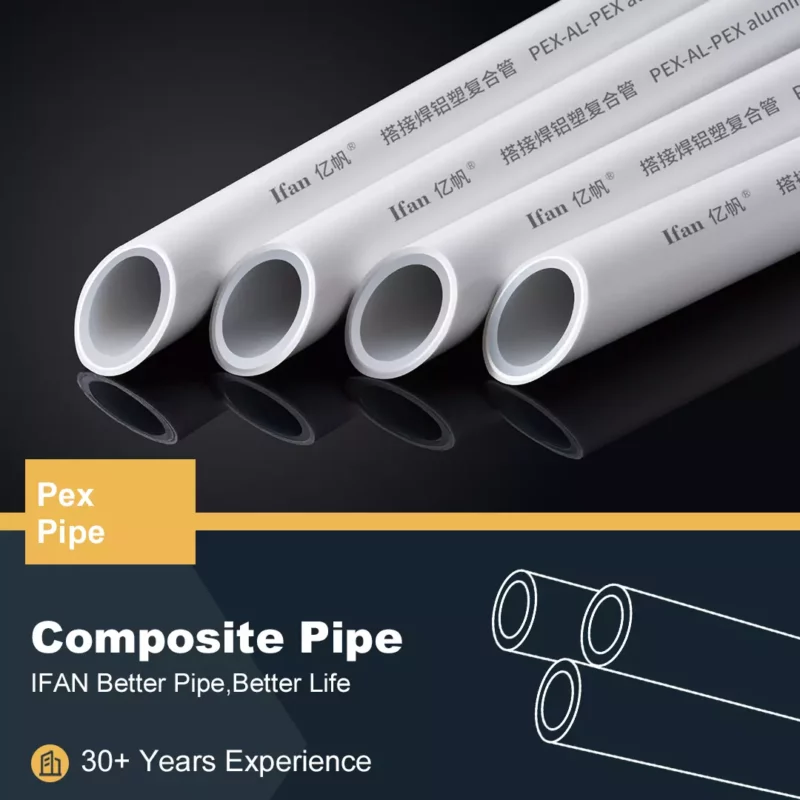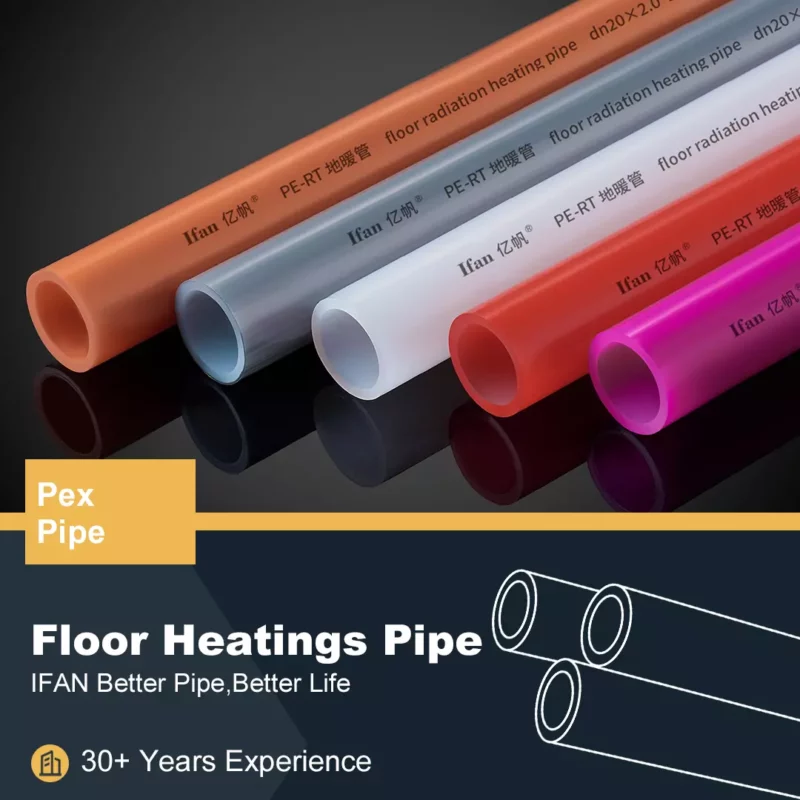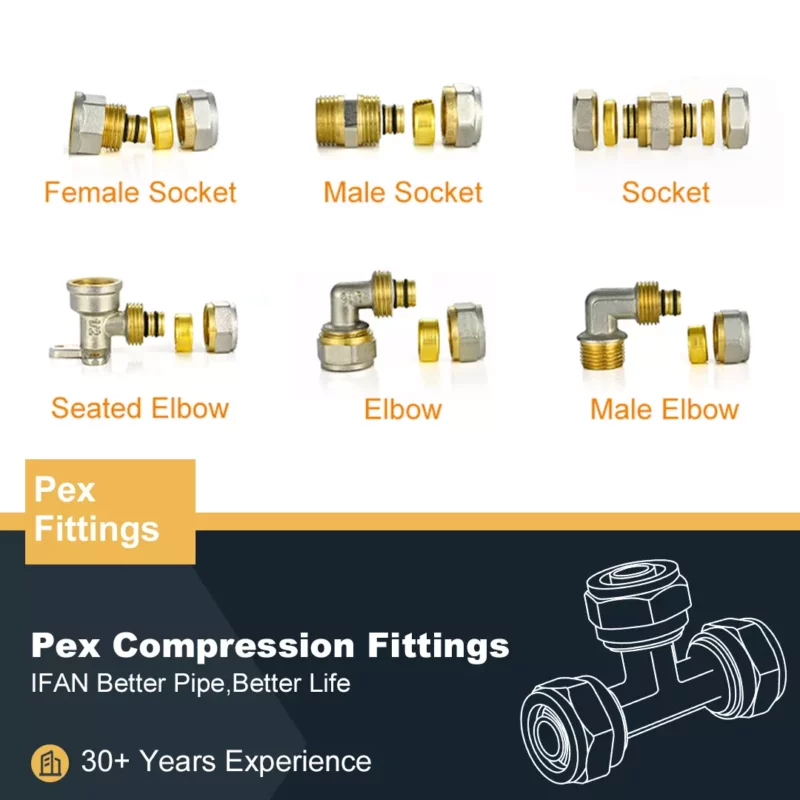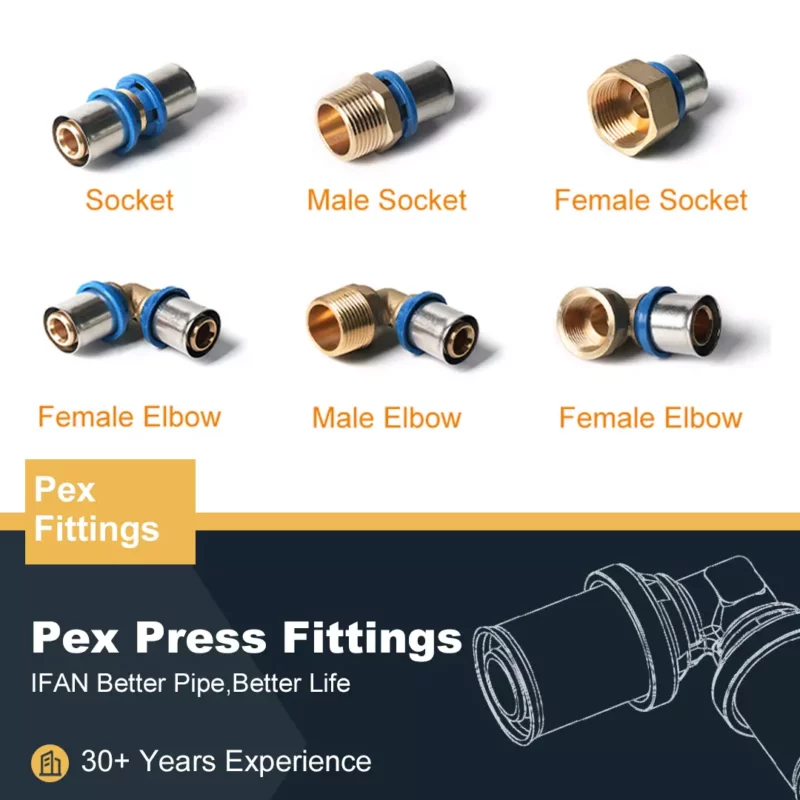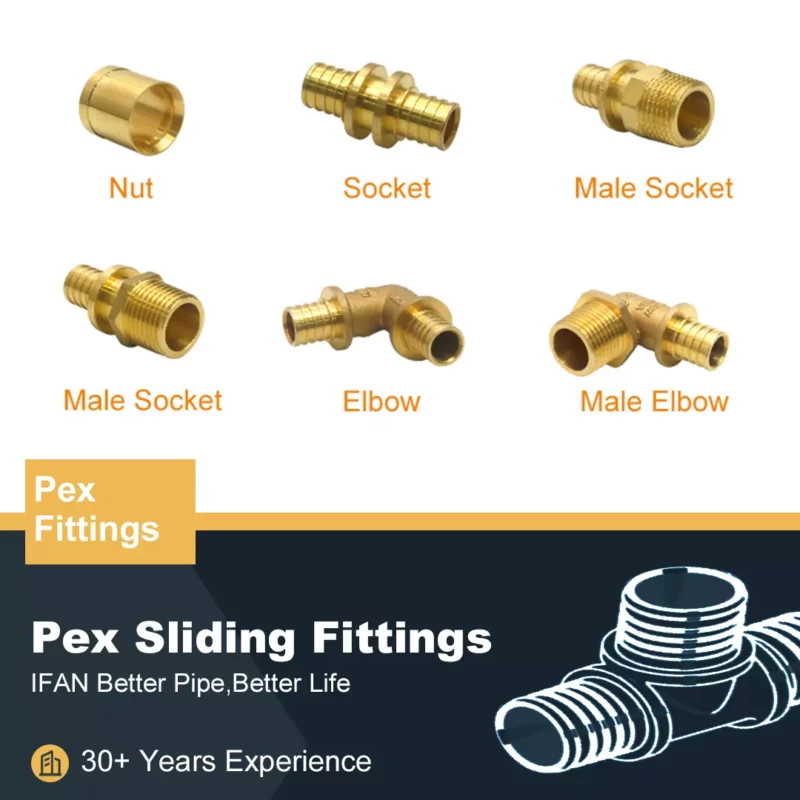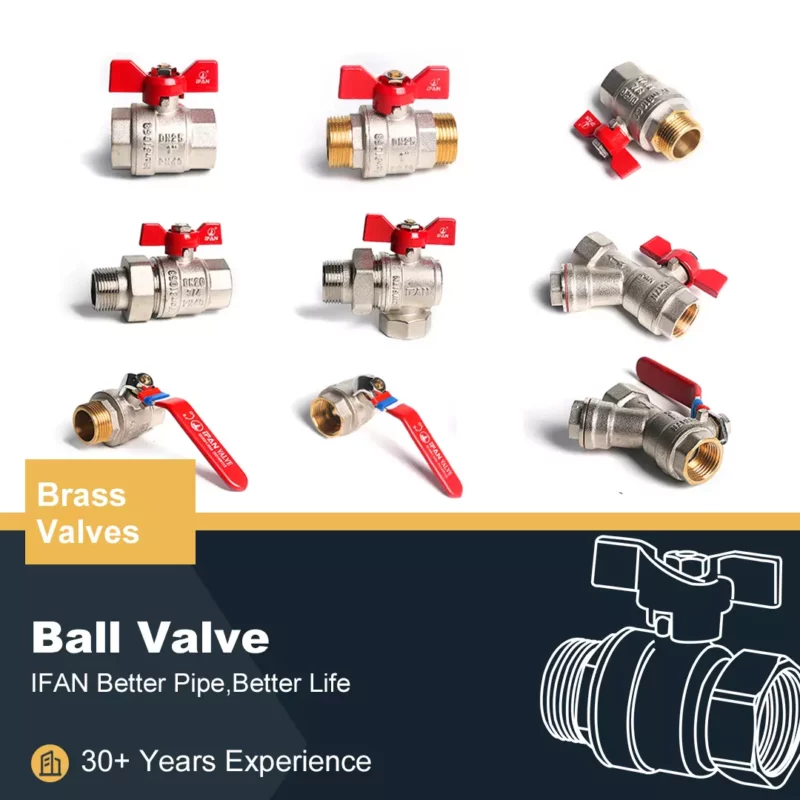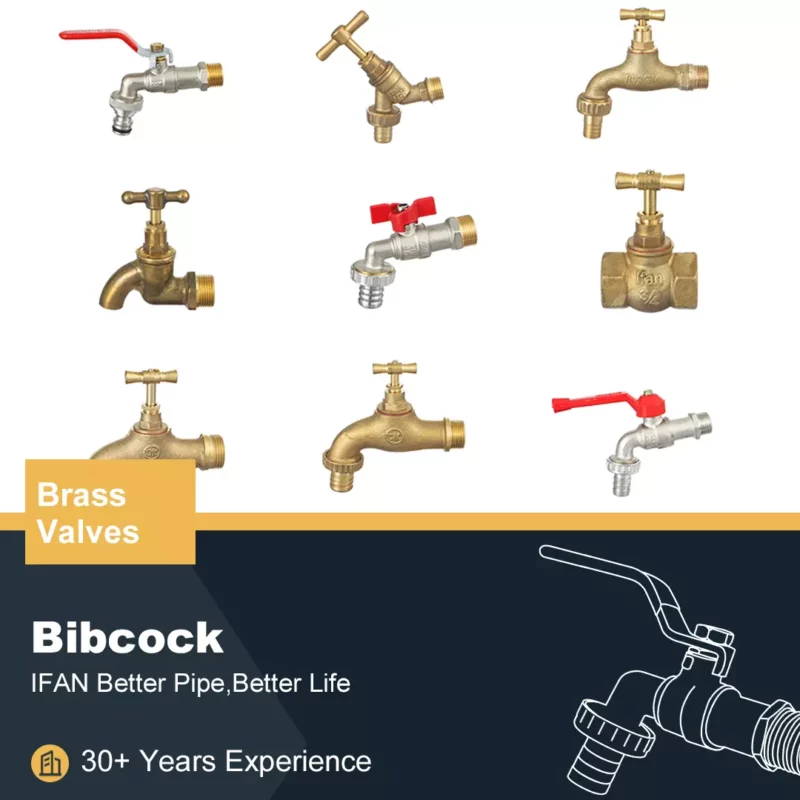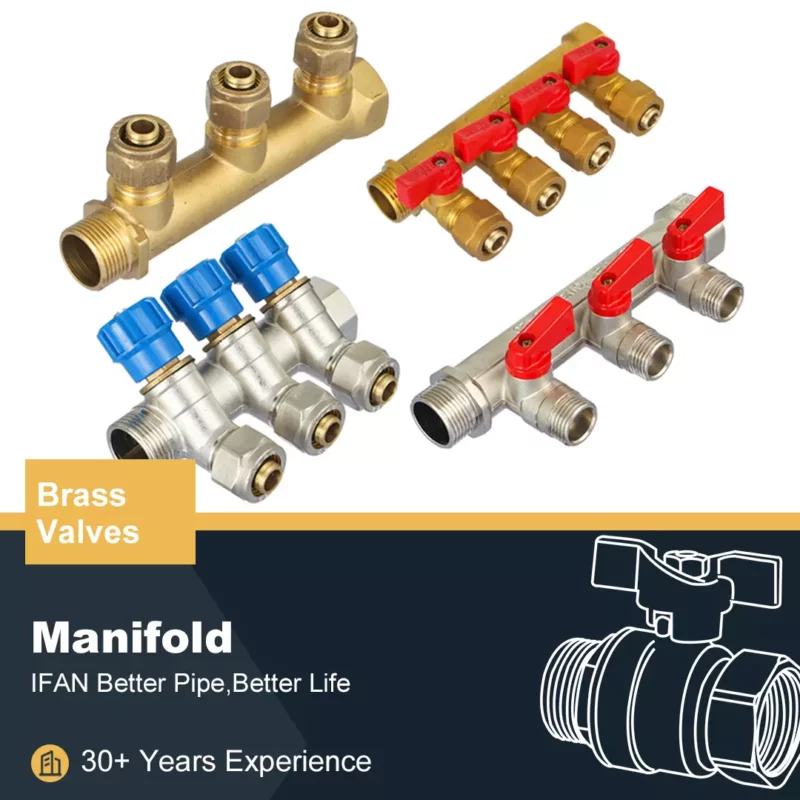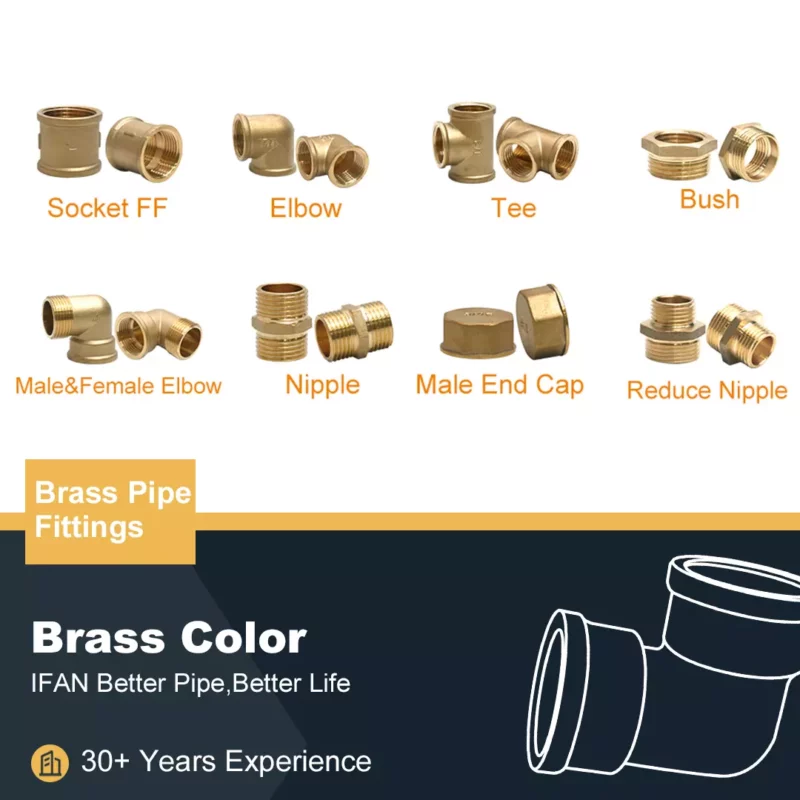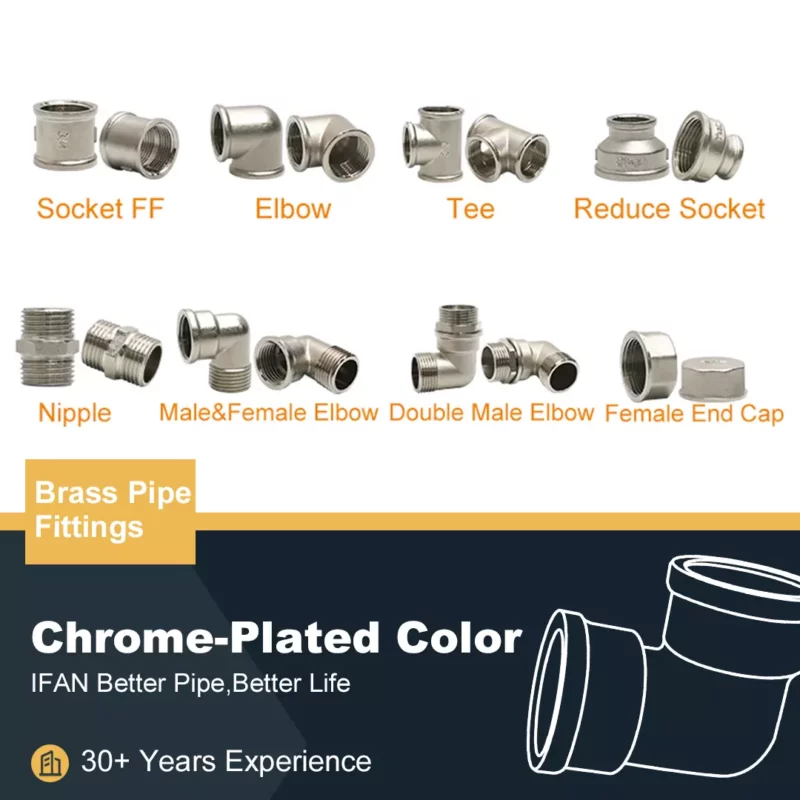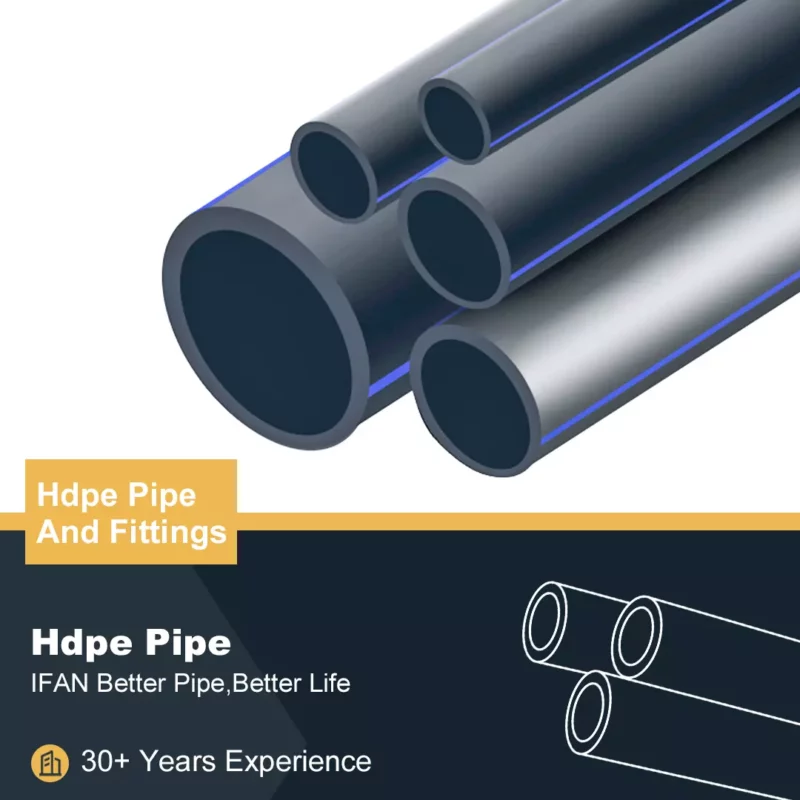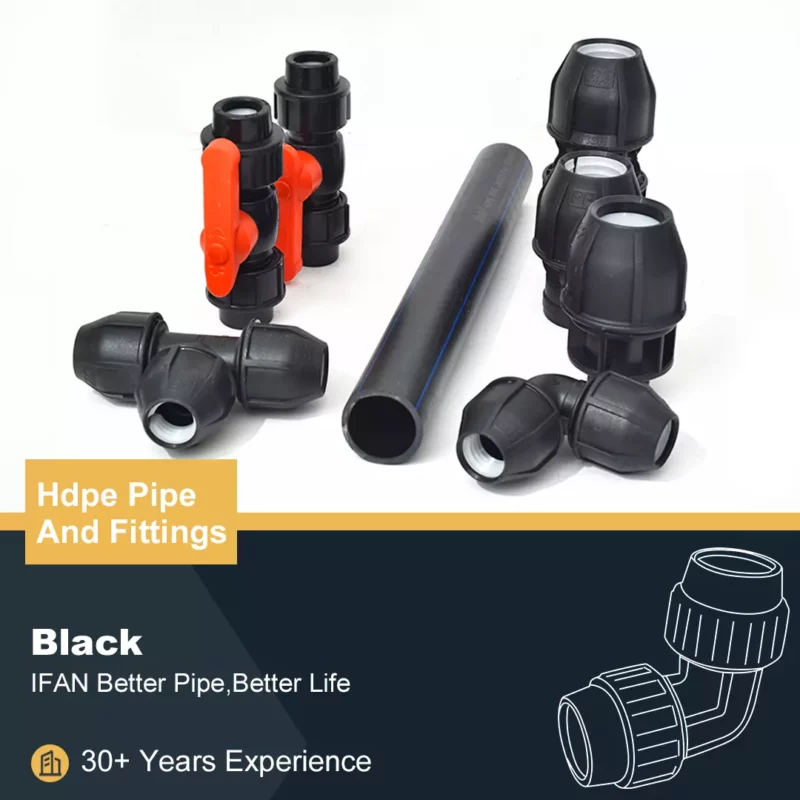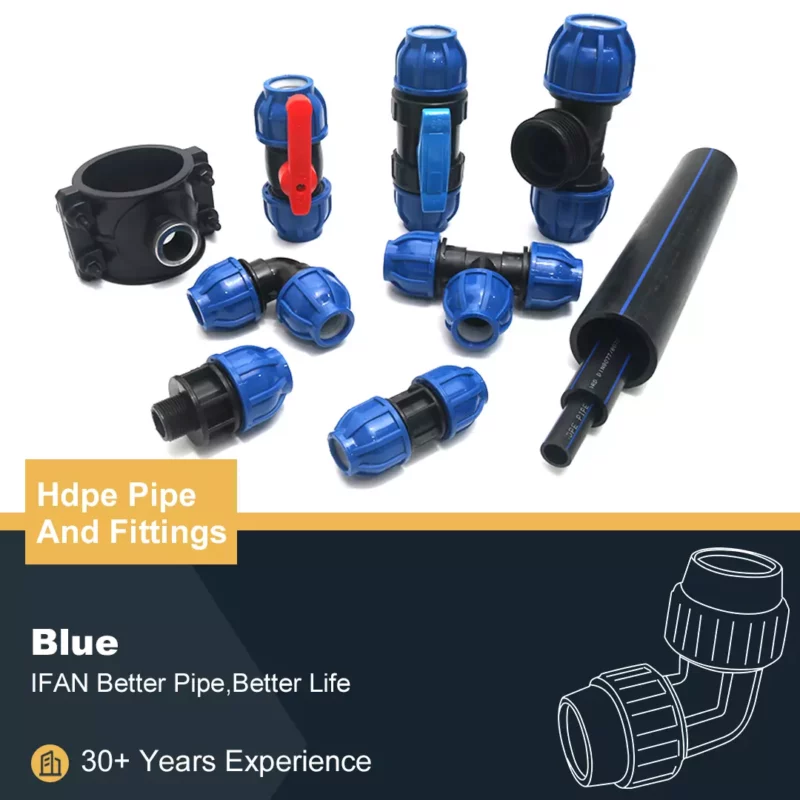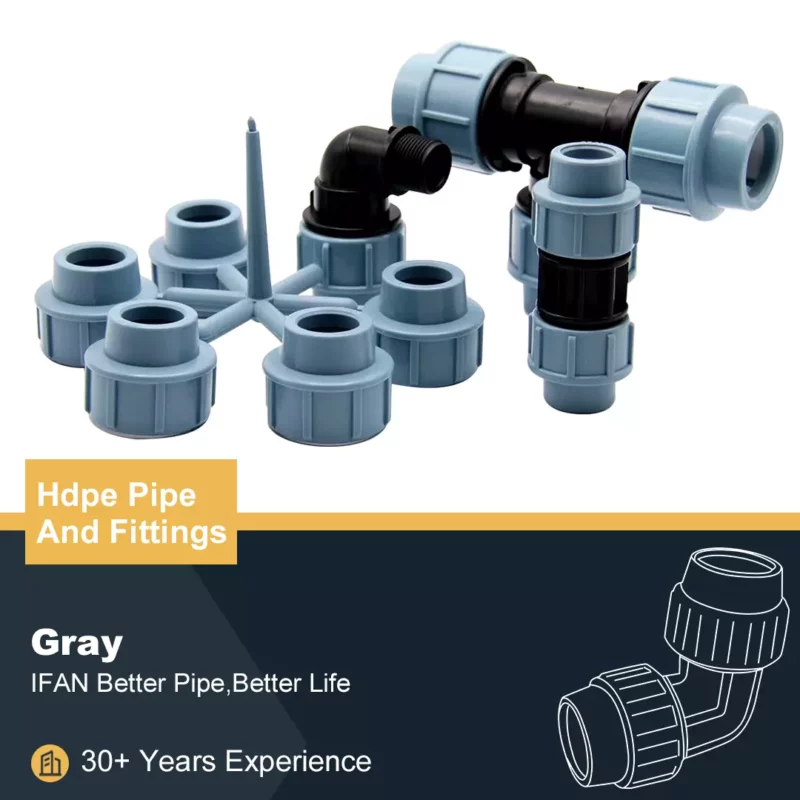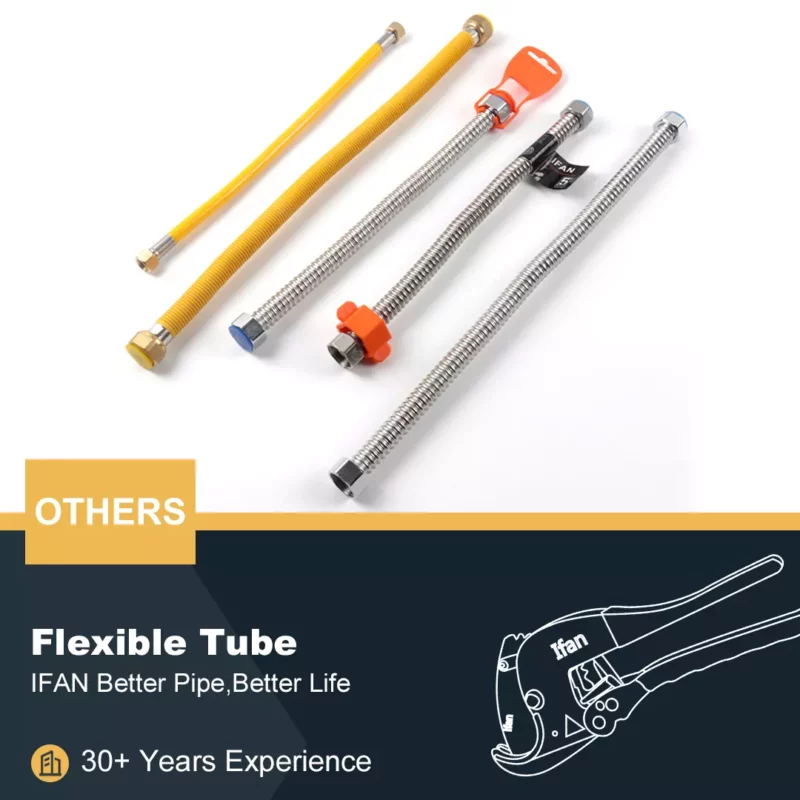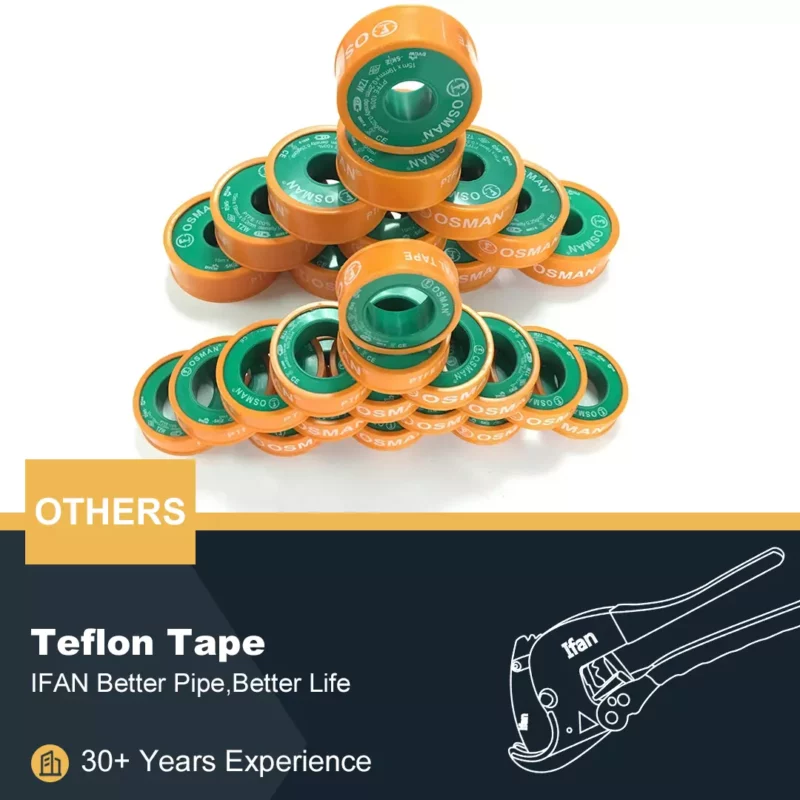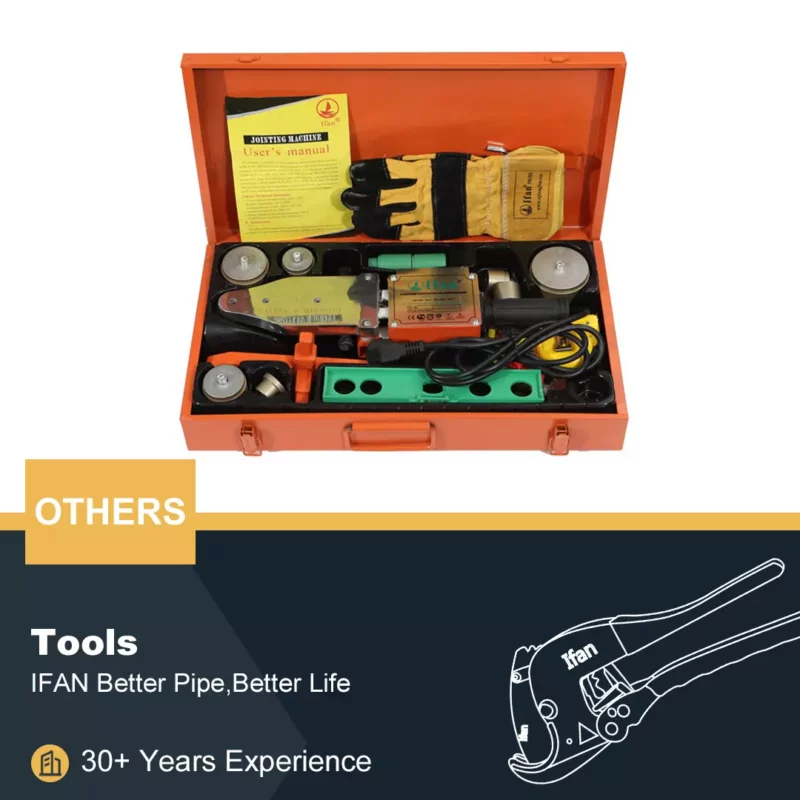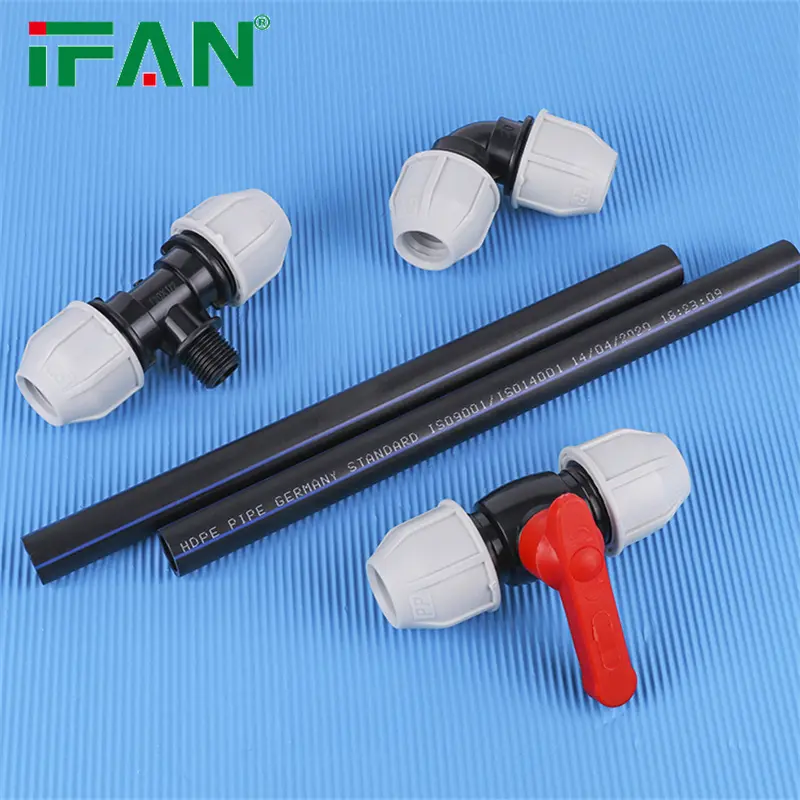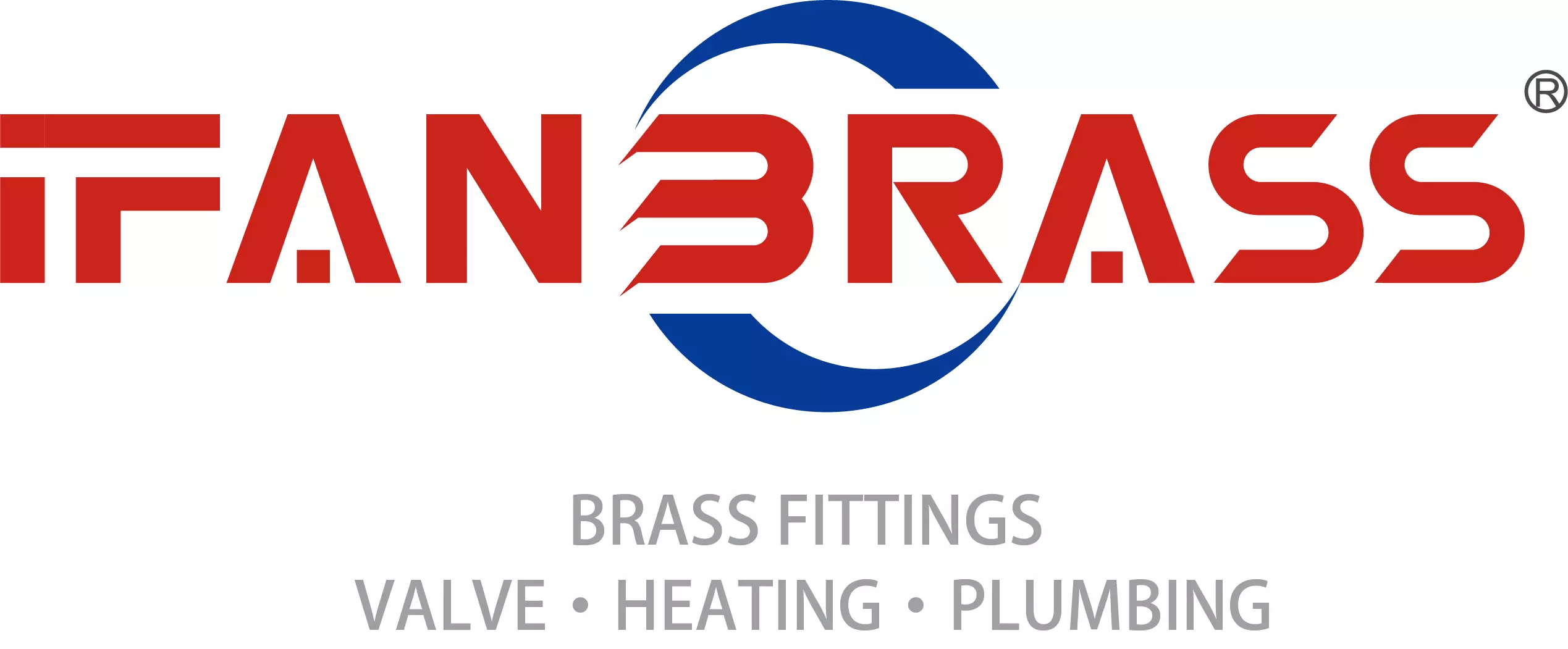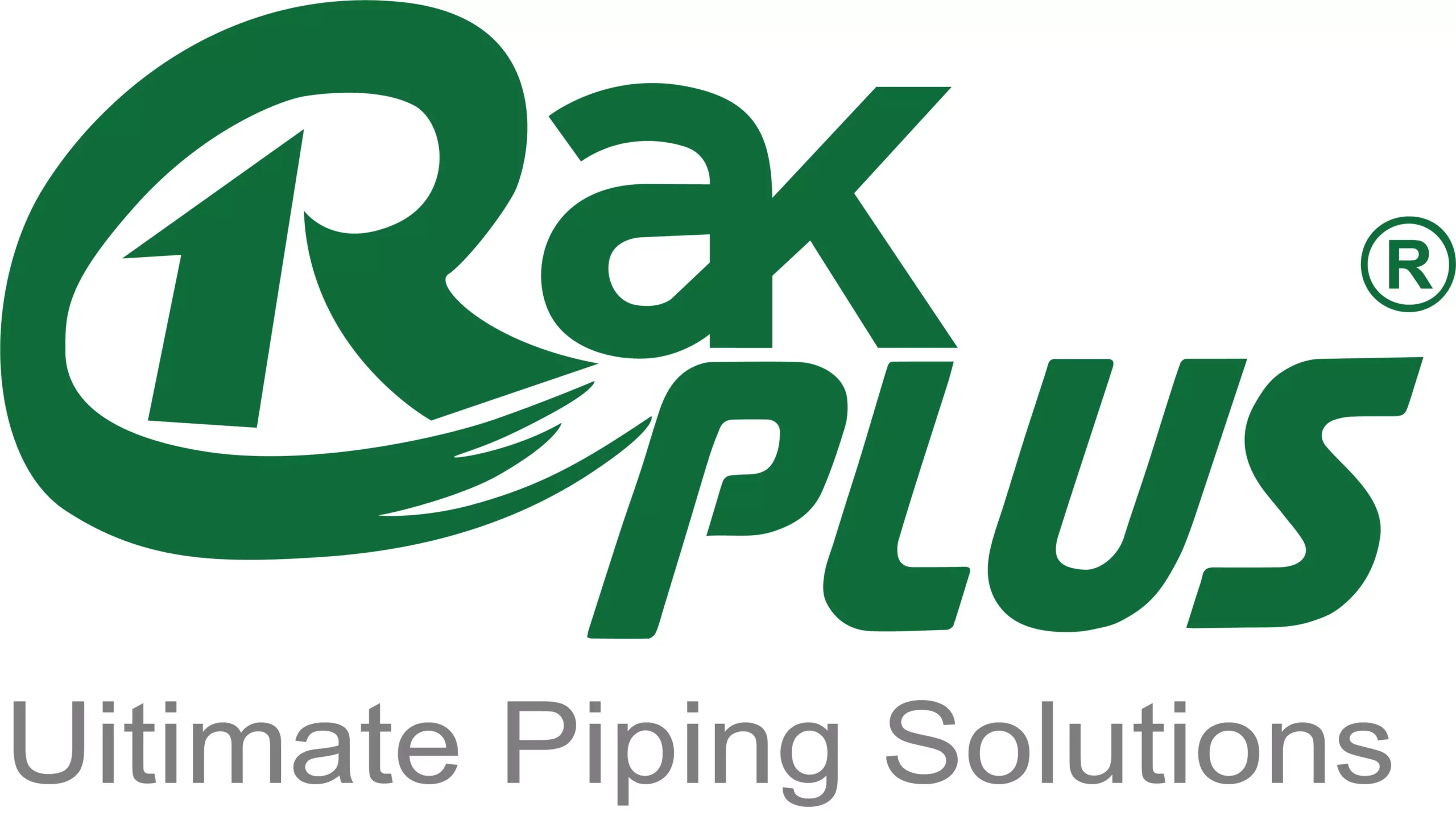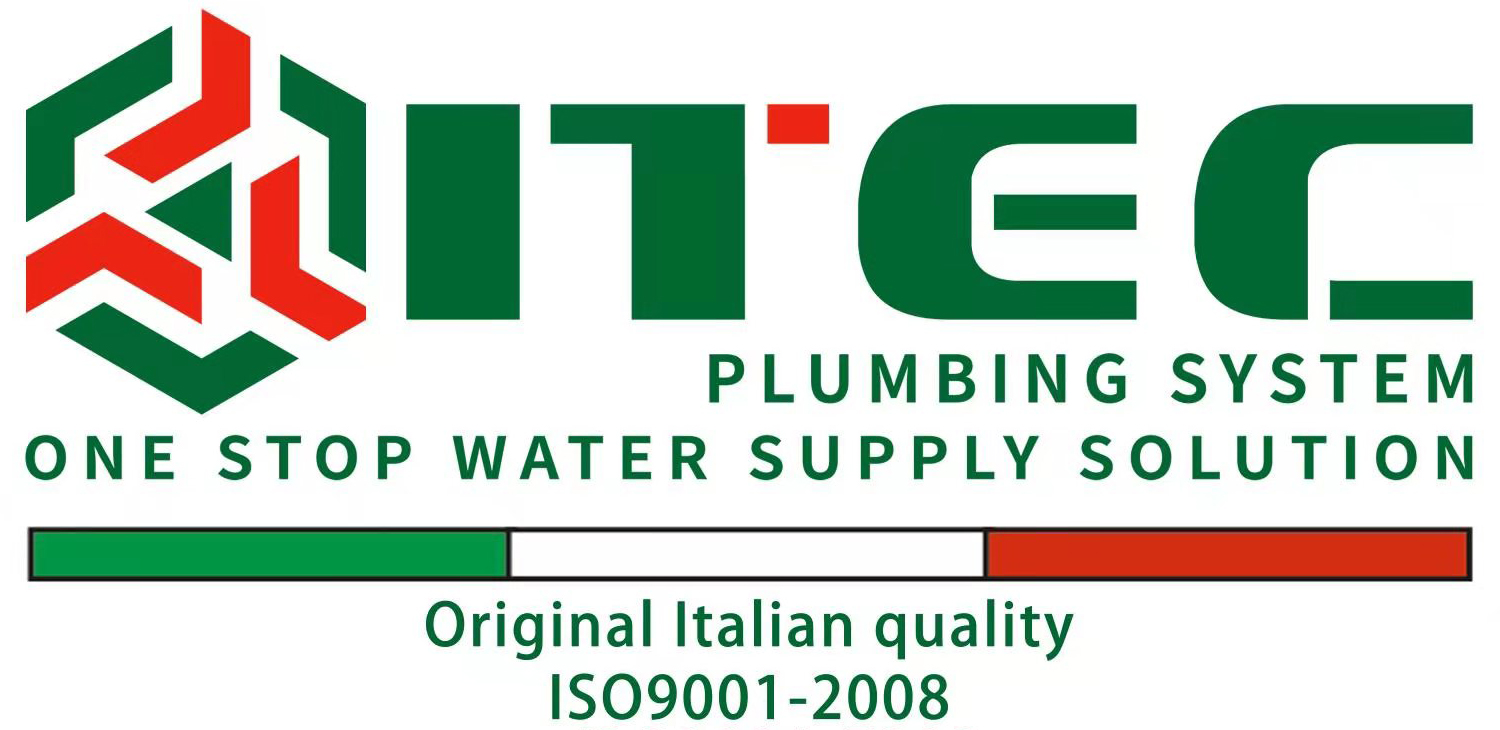High-density polyethylene (HDPE) pipe and fittings are popular across industries because of their durability, versatility and cost-effectiveness. Choosing the right HDPE pipe and fittings is critical to ensuring your system is reliable and long-lasting. In this article, we’ll provide a comprehensive guide to help you make an informed decision when choosing polyethylene pipes and fittings.
Understand your application requirements:
Before selecting HDPE pipes and fittings, it is important to determine your specific application requirements. Consider factors such as the type of fluid or gas being conveyed, pressure and temperature conditions, expected loads and stresses, and regulatory standards. Understanding these aspects will help determine the necessary characteristics of your HDPE system to ensure it performs optimally in your unique environment.
Material quality and standards:
When selecting polyethylene pipes and fittings, give priority to quality materials that meet industry standards. Look for products that comply with reputable international standards such as pipes ISO 4427 and fittings ISO 4427-3. Also, make sure the manufacturer has a proven track record of producing reliable and durable HDPE products. This will ensure the longevity and performance of your HDPE system.
Pipe size and SDR:
Select the appropriate size HDPE pipe based on your application requirements. Consider factors such as pipe diameter, wall thickness and standard dimension ratio (SDR). Lower SDR values indicate thicker walls suitable for applications that handle higher pressures. Carefully evaluate your project needs to determine the best SDR value for HDPE pipe to ensure optimal performance and longevity.
Pressure rating and service life:
The pressure rating of HDPE pipes and fittings determines their ability to withstand internal and external pressures. Evaluate the required pressure levels, including peak and surge pressures, based on your application. Also, consider the expected lifespan of your pipes and fittings. HDPE offers exceptional durability and can provide decades of reliable service if properly installed and maintained.
Connection method:
HDPE pipe and fittings can be joined using a variety of methods, such as butt welding, electrofusion, and mechanical fittings. The choice of connection method depends on factors such as pipe size, application and installation requirements. Butt welding is typically used on larger diameter pipes, while electrofusion is suitable for smaller pipes and fittings. Mechanical accessories provide flexibility and ease of installation. Carefully evaluate the pros and cons of each method and choose the one that works best for your project.
Chemical compatibility:
If your application involves transporting chemicals or corrosive substances, make sure HDPE pipe and fittings are chemically compatible with the materials being transported. Consult the manufacturer or view chemical resistance charts to verify HDPE’s compatibility with specific chemicals to ensure the longevity and safety of your system.
Consider long-term costs:
While the upfront cost of polyethylene pipe and fittings may vary, the long-term costs associated with installation and maintenance must be considered. HDPE’s durability and resistance to corrosion, abrasion and chemical attack can reduce life cycle costs compared to alternative materials. Evaluate overall cost-effectiveness by considering installation, maintenance and potential energy savings.
Conclusion:
Selecting the correct polyethylene pipe and fittings is the foundation for a reliable, efficient piping system. You can make an informed decision by understanding your application requirements and considering material quality, dimensions, pressure ratings, connection methods, chemical compatibility and long-term cost. Consulting with an industry professional or manufacturer will ensure you select the most appropriate HDPE pipe and fittings for your project, providing longevity, reliability and peace of mind. Remember, investing in high-quality HDPE pipe and fittings will help your project be successful and provide a strong infrastructure for years to come. Click here to learn about IFAN’s HDPE accessories.
If you have read this article and have any questions, please feel free to contact IFAN. Below is our contact information:
Whatsapp:+86 13373827623
Email:[email protected]

